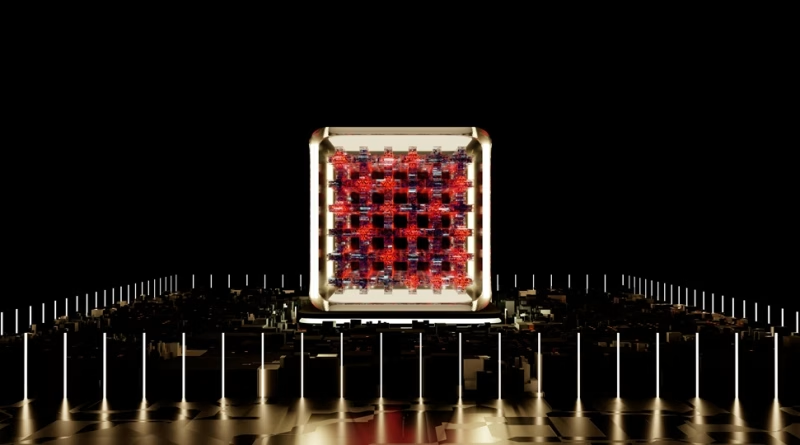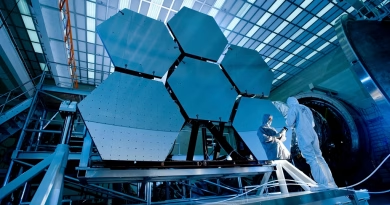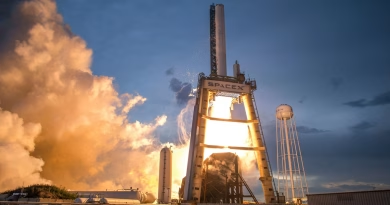Quantum Computers in Labs: What’s Real vs Hype?
If you’ve followed tech news over the last few years, you’ve seen it: breathless headlines claiming quantum supremacy, unhackable encryption, and instant cures for disease—all powered by quantum computers.
But let’s step back. What’s really happening in labs in 2025? How close are we to useful quantum machines—and how much of the buzz is marketing smoke?
⚛️ The Real: What Quantum Computers Can Actually Do (as of mid-2025)
✅ 1. Stable Qubits—Sort Of
Several labs, including IBM, Google, and Quantinuum, have created systems that can maintain dozens to hundreds of qubits with decent coherence times—meaning the qubits don’t immediately fall apart.
IBM’s Condor chip, launched in late 2024, surpassed 1000 qubits. But keep in mind: more qubits ≠ useful computation. Most of these still suffer from high error rates and limited real-world application.
✅ 2. Early Error Correction Experiments
One of the biggest challenges in quantum computing is noise. In 2025, researchers have begun demonstrating small-scale quantum error correction, especially in trapped ion and superconducting systems. This is a key stepping stone to scaling quantum systems beyond theoretical novelty.
✅ 3. Quantum Simulation in Niche Fields
Quantum computers are beginning to show value in simulating quantum systems themselves—like molecules, chemical interactions, or exotic materials. This means drug discovery and battery research are already benefiting at a conceptual level.
IBM and pharmaceutical companies have partnered to model simple molecules faster than classical supercomputers can.
🔥 The Hype: Where Reality Is Lagging Behind the Buzz
❌ 1. Quantum Advantage for General Use? Not Yet.
Despite the 2019 announcement by Google of “quantum supremacy” (which faced intense debate), no lab has yet demonstrated broad, consistent quantum advantage in real-world tasks. Most commercial problems still run faster and cheaper on classical supercomputers.
❌ 2. Replacing Classical Computers? Decades Away.
Quantum computers are not general-purpose machines. They won’t run your operating system or replace cloud servers anytime soon. Their biggest promise lies in complementing classical systems—not replacing them.
❌ 3. Unhackable Quantum Internet? Still Experimental.
Quantum communication using entangled photons and quantum key distribution (QKD) is a fascinating field—but not production-ready. Most implementations are in research networks, not public infrastructure.
🧪 Where the Real Innovation Is Happening
- Cryogenic Control Systems: Huge strides have been made in scaling quantum machines by miniaturizing and improving cryogenic systems.
- Hybrid Quantum-Classical Algorithms: Techniques like VQE (Variational Quantum Eigensolver) are helping blend quantum precision with classical computing strength.
- Cloud Quantum Access: Companies like IBM and IonQ are offering quantum-as-a-service, allowing developers to test on real hardware via cloud platforms—even if that hardware is limited.
🚀 So, Who’s Leading the Quantum Pack?
- IBM Quantum: Strong in open access and long-term hardware roadmap
- Google Quantum AI: Pioneers in raw speed experiments, but tight-lipped lately
- Rigetti, IonQ, and PsiQuantum: Focused on alternative qubit technologies
- D-Wave: Still investing in quantum annealing, a niche but maturing space
🧭 Final Thoughts: The Quantum Compass
2025 is a critical year in quantum realism. Researchers are no longer chasing headlines—they’re chasing reliability, scalability, and genuine use cases.
Quantum computing isn’t a magic trick. It’s science—messy, slow, and full of trial and error. But if there’s one thing it has shown us, it’s this: even the hype can’t outpace the potential.




